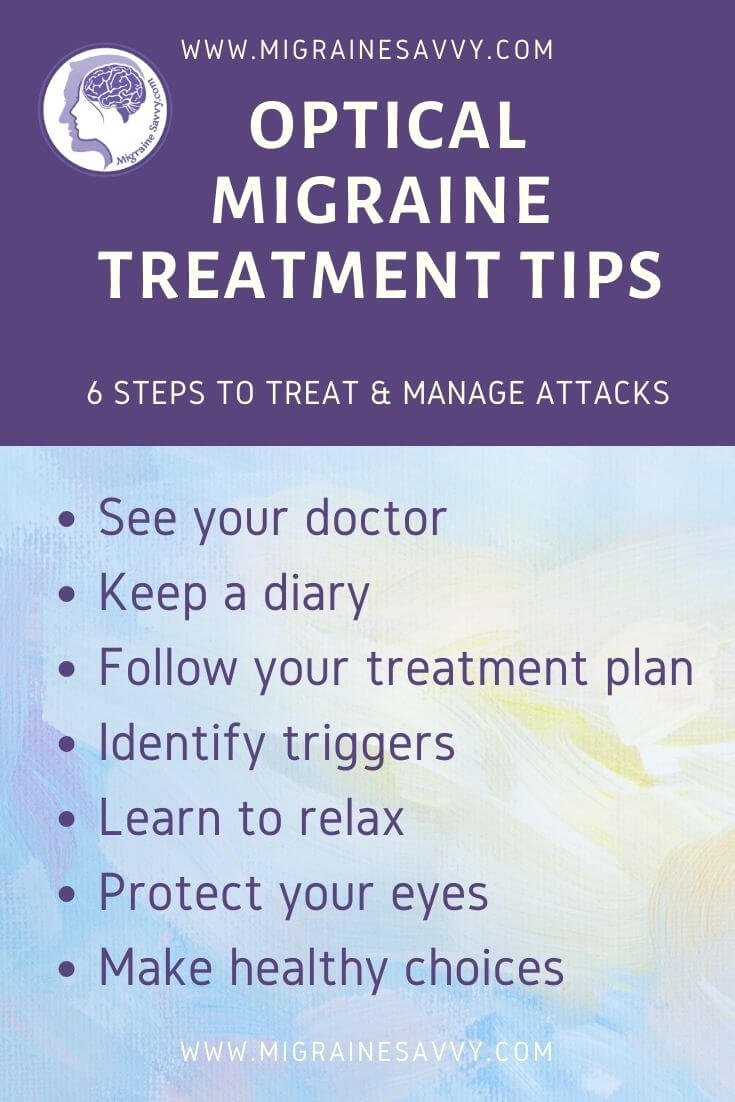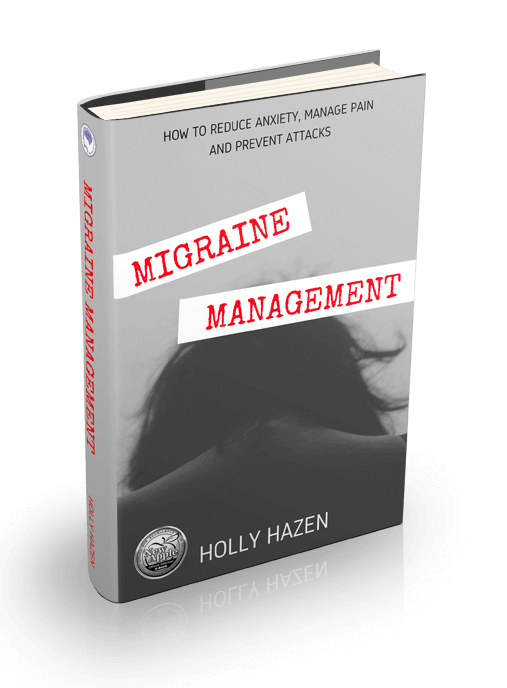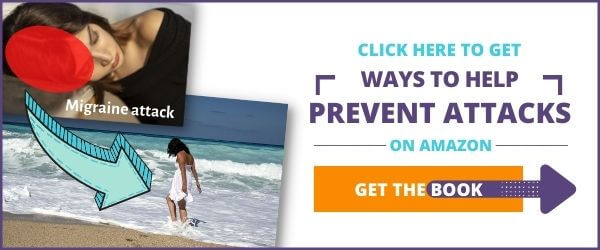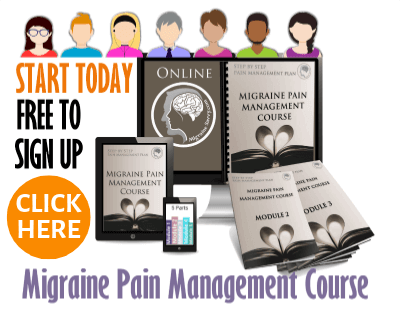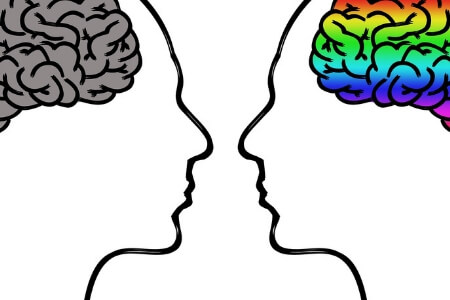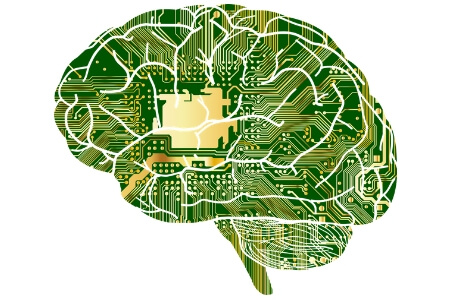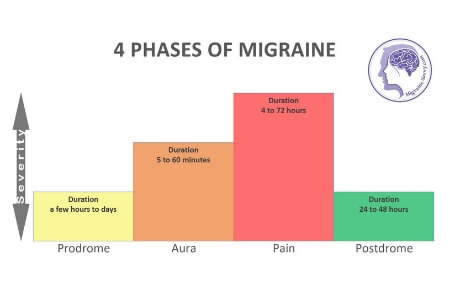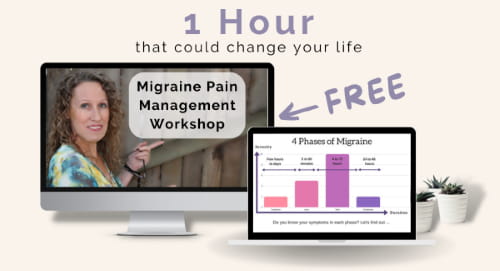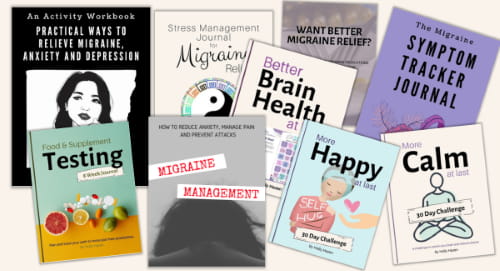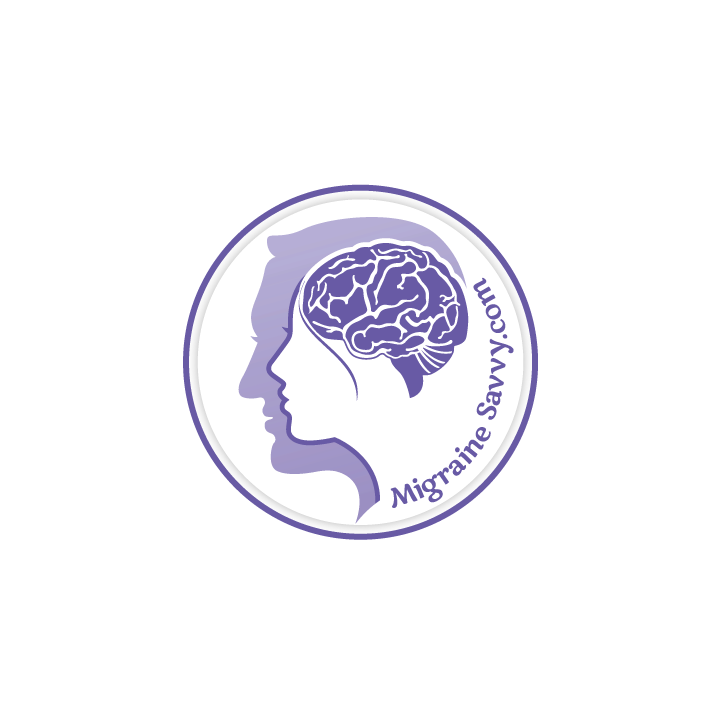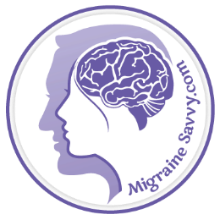- Home
- Migraine Types
- Optical Migraine
Magnesium Deficient = More Migraine Attacks
Science confirms this hidden trigger.
Get all 7 forms your body actually absorbs in one bottle.
🎁Save 10% with my code!
Magnesium Deficient = More Migraine Attacks
Science confirms this hidden trigger. Get all 7 forms your body actually absorbs in one bottle +
🎁Save 10% with my code!
Optical Migraine: Causes, Triggers & Treatment

How to deal with them... better
Pain or no pain, optical migraines can be scary. Keep notes of what happens and when, and take them to your doctor so you can get the right diagnosis. The 6 steps I recommend are below.
My #1 Choice in Magnesium Supplementation
This type of migraine is also known as ocular migraines or opthalmic migraine.
You may also hear this being referred to as an eye migraine because of the visual symptoms experienced.
Visual disturbances are common. You might experience repeated episodes of temporary blindness or a blind spot in one eye. It should last less than an hour.
You might also experience more migraine aura like symptoms. These are: bright flashing or flickering lights, jagged or wavy lines or zigzag patterns and blind spots.
I've written more about migraines and aura symptoms here - Migraine Aura.
These symptoms can be be really scary when you first experience them, but consider them as your early warning signs for a full blown migraine attack... if you get them.
However, optical migraines do not always progress to the pain phase. Typically there is no pain associated with this type of migraine. I can't even imagine a migraine without pain.
Before we get to the 6 steps to deal with these migraines, let me just touch on causes, triggers and treatment.
What causes an optical migraine?
The experts are not exactly sure what causes ocular/optical migraine.
Some feel that the problem might be linked to:
- A spasm occuring in the blood vessels in the retina, which is the lining in the back of the eye;
- Or changes that spread across the nerve cells in the retina. [1]
What triggers an optical migraine?
If your symptoms are part of a migraine headache aura... then your triggers can be anything that triggers a migraine attack for you. Migraine triggers can include: weather, smells, stress, certain foods and hormone changes. You can read more about that here - Top 10 Common Migraine Triggers.
Make sure you arrange to see your doctor to ask about possible triggers. It will be of great help if you keep a diary to detect if there is any pattern associated with the attacks.
Here is a list to get you started: [1]
- stress
- smoking
- high blood pressure
- exercise (bending over)
- dehydration
- high altitude
- low blood sugar
- excessive heat
What treatment is available?
Because these do not last long, you may not want to take the medication route. You can read about that here - Medications for Migraines.
There are other options too... here are some to consider:
Prevention medications like calcium channel blockers like - Cardene and Calan are the most commonly used drugs. [1]
"Nonsteroidal anti-inflammatory drugs (NSAIDs) such as aspirin are also sometimes used. Less often, your doctor may prescribe drugs used to prevent blood clotting, depression and epilepsy." [1]
If they don't work you have other preventative medication options and there are electric devices that target migraines that might help.
And... avoid your triggers.
And that brings us to the steps you can take to treat and prevent your optical migraines.

6 Steps To Deal With Optical Migraine
#1. See Your Doctor
If you suffer from optical migraines on a regular basis, your work and lifestyle may be affected.
To be sure that you are actually experiencing optical migraines and not a more serious condition, see your physician asap to get a proper diagnosis.
Eye tests are typically done to ensure that there is nothing wrong with your eyes.
Your physician will more than likely run some tests to rule out anything more serious... so don't be too alarmed. This could all be related to another medical condition.
#2. Keep a Diary
Once a diagnosis of optical migraines is made, then you need to determine what your triggers are. Keeping a migraine diary will help you and the physician to know what is actually going on.
I've written more about that here - Migraine Diary: Why You Need To Keep One.
#3. Identify Your Triggers... And Then Avoid Them
Once you have identified the triggers that set your migraines in action, make every attempt to avoid them. The next step should be to actually look at the triggers you have identified.
Stress is a big trigger for most people's migraines. If stress sets your migraines off, step back and evaluate your types of stresses.
What can be done about them? Try to minimize these stresses and if that is not possible, then you need to determine how you could deal with it better.
Look at other potential triggers that could be in your diet. There are a number of common foods that are known to be migraine triggers. Caffeine, alcohol, dairy products, chocolate, preserved meats, MSG, red wine, and others.
They can be avoided for a while and then added back into your diet one at a time to see if they are migraine triggers for you. You can read more about that here - Avoiding Foods That Trigger Migraines.
#4. Learn to Relax
Always schedule some "me" time.
Relaxing and rejuvenating can prove to work wonders in decreasing the frequency and severity of your migraines. Stay calm and attempt to relax using your breath. One of my favorite methods is Dr. Weil’s Breathing CD.
Follow this link to the music I use and love - Migraine Headache Music: How To Find Calm In The Storm
The visual impairment can last anywhere from ten minutes to an hour. The symptoms can be frightening but they do not cause damage to the eye long-term.
And remember...
They are considered harmless.
#5. Protect Your Eyes to Help with Optical Migraine Symptoms
Wearing sunglasses or sitting in a darkened room can at times be beneficial.
I often wear my polarized sun glasses indoors as well as outdoors. The polarized lens will protect your eyes from glare.
If you happen to be driving when a migraine starts, you will most likely have to pull off the road.
Perhaps you can lay down in the back seat, or just recline fully and close your eyes for at least 10 minutes. It might be an idea to keep a hand towel in the car, or a hat to help keep the light out.
Always keep a spare pair of sunglasses in your car. You can also try yoga for your eyes! Yup - there is yoga for everything.
MORE IDEAS YOU'LL LOVE
GET MORE RELIEF
Today I'm sharing the most essential things you need to know to keep your sanity... long term. You can learn to manage your pain better right now... continue reading
#6. Make Healthy Lifestyle Choices
Do not underestimate the impact a healthy lifestyle can make. It has been researched and proven to assist in reducing migraines.
Sit down and evaluate your lifestyle. You may get surprised if you actually analyze it. There are usually many things you would be better off not doing. Staying up late, spending too much time on the computer and creating eye strain.
Sometimes, just a change in some of these bad habits, can reduce the number of times you suffer migraines.
Negative people can be migraine triggers too! You might need to limit your exposure to them, even when they are family. Just some food for thought!
And if you are struggling emotionally... get some support from a professional. I highly recommend getting my book...
This is hard... support is good!
Stay strong,
Hx
WANT MORE TIPS? Subscribe to my newsletter and follow along on Facebook and Pinterest for all of the latest updates.
MIGRAINE TYPES Related Articles
How to be more MIGRAINE SAVVY right now...
Source:
1. WebMd (2018). Ocular Migraine Prevention. Available [online] at: https://www.webmd.com/migraines-headaches/ocular-migraine-prevention

